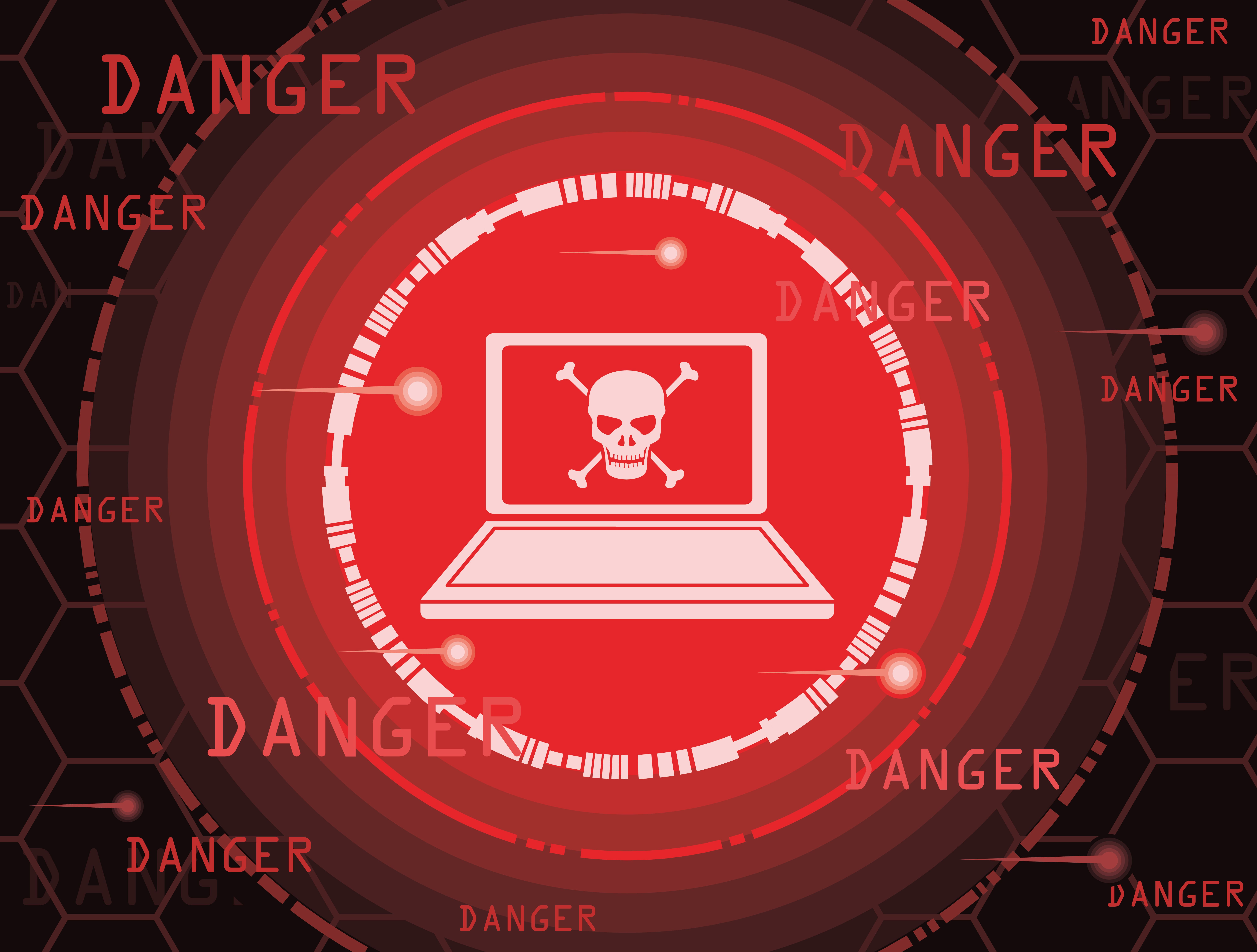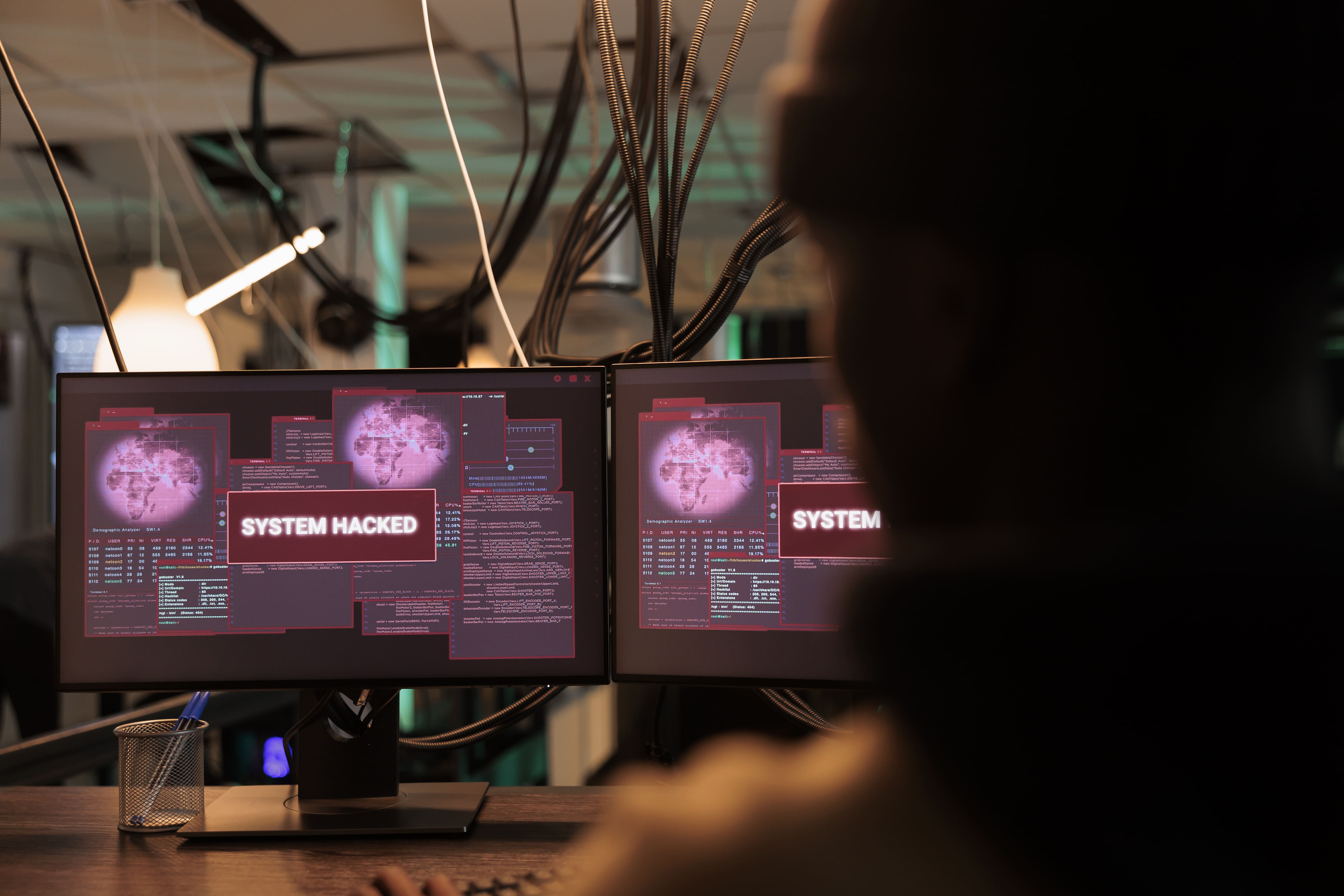The digital landscape has become a battlefield, and ransomware stands as one of the most formidable threats facing organizations today. From healthcare systems brought to their knees to manufacturing plants forced into standstill, ransomware attacks have evolved from mere nuisances into sophisticated operations capable of crippling entire enterprises. In this high-stakes environment, traditional backup solutions often fall short, leaving businesses vulnerable at their most critical moment. Enter Acronis Active Protection, a revolutionary approach that doesn't just respond to ransomware attacks but actively fights back in real-time.
Before diving into solutions, it's crucial to understand what makes ransomware such a persistent and dangerous threat. Ransomware is malicious software designed to encrypt files and systems, holding them hostage until a ransom is paid. What makes modern ransomware particularly insidious is its evolution beyond simple file encryption. Today's ransomware variants employ double and triple extortion tactics, threatening to leak sensitive data publicly while simultaneously encrypting systems. Some strains even delete backups before encrypting production data, leaving victims with no recovery options. The financial impact is staggering. According to recent industry reports, the average ransomware payment has skyrocketed into the hundreds of thousands of dollars, with recovery costs often exceeding millions when factoring in downtime, lost productivity, and reputational damage. Even more concerning is the fact that paying the ransom offers no guarantee of data recovery, and it marks organizations as willing payers, making them targets for future attacks.
Traditional security measures, while necessary, often prove insufficient. Antivirus software relies on signature-based detection, which struggles against new, polymorphic ransomware variants that change their code to evade detection. Firewalls and intrusion detection systems can miss sophisticated attacks that exploit legitimate credentials or zero-day vulnerabilities. By the time these systems detect an attack, the damage may already be catastrophic.
Most organizations recognize the importance of data backups as a ransomware defense strategy. The conventional wisdom suggests that if you have clean backups, you can simply restore your data and refuse to pay the ransom. However, this approach has several critical vulnerabilities that modern ransomware specifically targets.
First, many ransomware strains now actively seek out and encrypt or delete backup files before attacking production systems. If your backups reside on network-attached storage or cloud locations accessible to compromised credentials, they're vulnerable. Second, traditional backup solutions operate on scheduled intervals, typically daily backups for most organizations. This means you could lose up to 24 hours of critical data in an attack, a potentially devastating loss for businesses handling continuous transactions or time-sensitive operations.
Third, the restoration process itself can be lengthy and complex, resulting in extended downtime that disrupts operations and erodes customer trust. Finally, traditional backups offer no protection during the attack itself. They're passive safety nets that only come into play after the damage is done, providing no mechanism to stop the encryption process or minimize data loss in real-time.

Acronis Active Protection represents a fundamental reimagining of ransomware defense, transforming backup solutions from passive recovery tools into active protection systems. Rather than simply maintaining copies of data for post-attack restoration, Active Protection monitors system behavior in real-time, detecting and blocking ransomware before it can cause significant damage.
At its core, Active Protection employs advanced behavioral analysis powered by machine learning algorithms. Instead of relying solely on known malware signatures, the system establishes a baseline of normal application behavior. It continuously monitors processes for suspicious activities characteristic of ransomware, such as rapid file modifications, unauthorized encryption attempts, or suspicious file access patterns. When anomalous behavior is detected, Active Protection takes immediate action.
The response is both swift and comprehensive. The moment ransomware-like behavior is identified, Active Protection immediately blocks the malicious process, preventing further file encryption. Simultaneously, it creates an emergency backup of any files that were accessed during the attack, ensuring that even if some files were compromised before detection, clean copies remain available. The system then terminates the offending process and can even restore affected files automatically, all within seconds of detection. What sets Active Protection apart is its integration with Acronis' comprehensive backup infrastructure. While actively defending against attacks, the system continues maintaining regular backups according to your specified schedule. This dual-layer approach means that even in the unlikely event that an attack bypasses real-time protection, multiple backup versions remain available for recovery. These backups are stored using Acronis' secure architecture, including immutable storage options that prevent ransomware from tampering with backup data.
Consider a typical ransomware scenario. An employee unknowingly clicks a phishing link, downloading malware that gains a foothold in the network. The attacker begins reconnaissance, moving laterally through the system, identifying valuable data and backup locations. After establishing persistence, the ransomware payload activates, beginning to encrypt files across the network.
With Active Protection enabled, the story unfolds differently. As soon as the ransomware attempts to encrypt the first batch of files, Active Protection's behavioral engine detects the unusual pattern of rapid file modifications. Within milliseconds, it identifies the process as malicious based on characteristics including encryption algorithms in memory, file access patterns, and process behavior. Active Protection immediately springs into action. It captures the current state of any files being accessed, creates a cached backup, and terminates the malicious process. The entire response occurs in seconds, often before users even notice anything amiss. Files that were targeted are automatically restored from the emergency cache, and the system generates detailed alerts and forensic logs that help administrators understand the attack vector and scope.
The business continues operating with minimal interruption. There's no ransom demand to consider, no prolonged downtime, and no data loss beyond perhaps a handful of files that were accessed in the seconds before detection. Most importantly, there's no need to negotiate with criminals or face the ethical and legal implications of ransom payments.

While real-time protection forms the cornerstone of Acronis' defense strategy, the platform's comprehensive approach to ransomware recovery extends far beyond prevention. Active Protection integrates with Acronis Cyber Protect's full suite of capabilities, creating a defense-in-depth strategy that addresses every stage of the attack lifecycle. Vulnerability assessments identify security gaps that ransomware might exploit, allowing organizations to patch systems proactively. Patch management ensures that operating systems and applications remain current, closing known vulnerabilities. URL filtering and anti-malware protection provide additional layers of defense against initial infection vectors. Forensic data collected during attacks provides invaluable intelligence for strengthening defenses and understanding adversary tactics.
The backup infrastructure itself employs multiple security measures. Immutable backups cannot be altered or deleted, even by users with administrative privileges, protecting against ransomware that attempts to sabotage recovery options. Backups can be stored across multiple locations, including secure cloud repositories and air-gapped systems, ensuring recovery options remain available even if primary storage is compromised. Encryption protects backup data both in transit and at rest, preventing unauthorized access.
Successfully deploying Active Protection requires thoughtful planning and configuration. Organizations should begin by assessing their current backup infrastructure and identifying critical systems that require the highest level of protection. Active Protection should be prioritized for file servers, databases, email systems, and endpoints accessing sensitive data. Configuration involves balancing security with operational requirements. While more aggressive detection settings provide maximum protection, they may occasionally flag legitimate processes that exhibit ransomware-like behaviors, such as compression utilities or legitimate encryption tools. Organizations should start with recommended settings and fine-tune based on their specific environment and tolerance for false positives.
Regular testing ensures that both prevention and recovery mechanisms function as expected. Simulated attacks help validate that Active Protection responds appropriately, while recovery drills confirm that backup restoration processes work smoothly under pressure. These exercises also familiarize IT staff with response procedures, reducing confusion during actual incidents.
As ransomware continues evolving, so too must defense mechanisms. Acronis Active Protection represents a significant advancement in the ongoing battle against ransomware, shifting the paradigm from passive recovery to active defense. By combining real-time behavioral analysis with comprehensive backup infrastructure and integrated security tools, it provides organizations with a fighting chance against one of cybersecurity's most persistent threats.
The key to success lies not in any single technology but in adopting a holistic security posture that combines prevention, detection, response, and recovery. Active Protection excels because it addresses all these elements within a unified platform, ensuring that when ransomware strikes, your organization is ready to fight back—and win.
